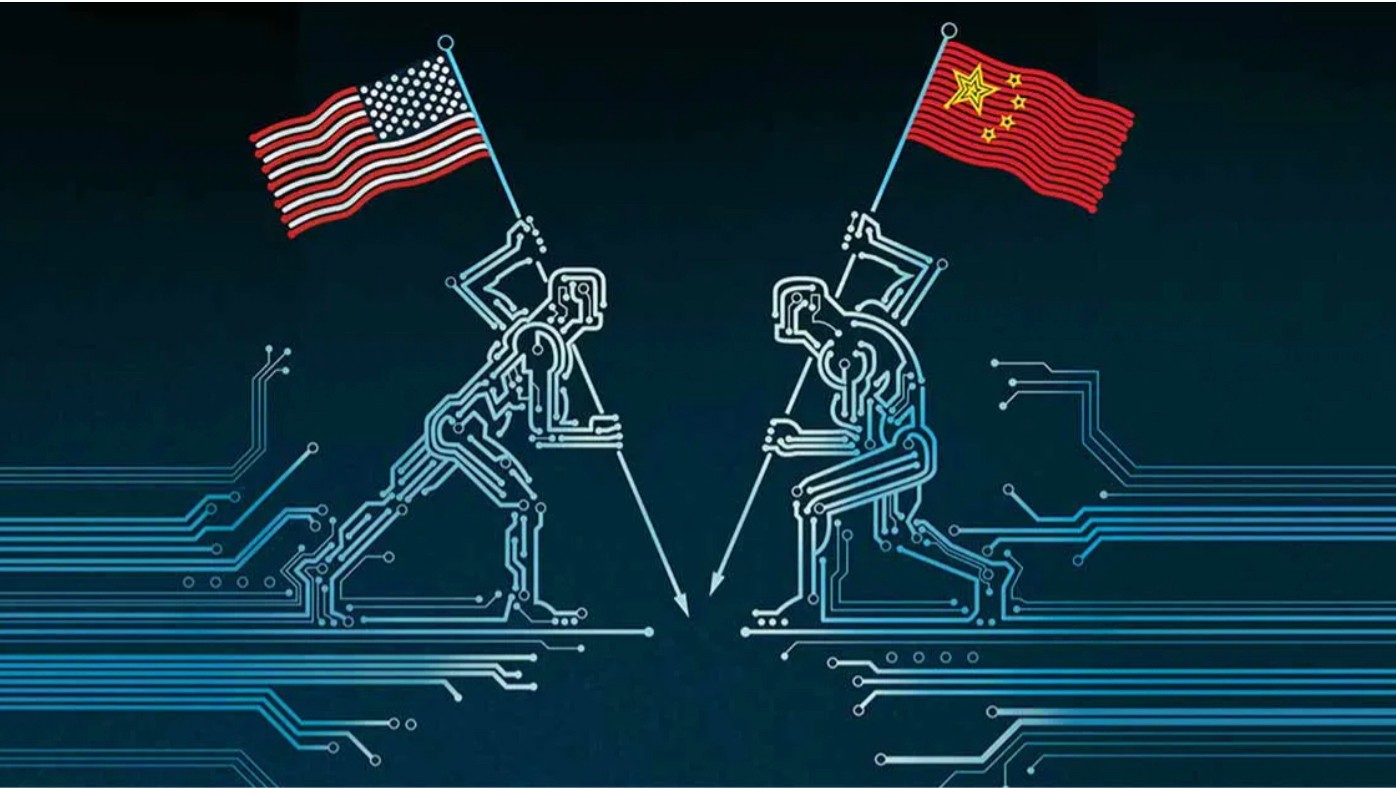Big Technology Rivalry (US - China)
March 14, 2024
Copy link to share

Big Technology Rivalry (US - China)
Harvard University's Belfer Center for Science and International Affairs published a 43-page study on the technology rivalry between the United States and China in December.
The study summarizes that in the 19th and 20th centuries, the United States was the leader of technological innovation and progress, while China was outside this field, which makes all the US predictions for the 21st century, but China can never compete in technology. In 2000, Time magazine confirmed this in a special issue, writing that China can never grow as a technological giant, writing that China is too large in terms of population and small GDP.
In 2010, the picture changed! China grew, became a good position for global companies and factories in terms of low cost and was on its way to becoming a major global market.
China is now the United States' biggest competitor in technology, especially in key areas of technology such as artificial intelligence, 5G, quantum computers, conductor wires, biotechnology and energy. China, the unexpected country, is now a major competitor in some areas of technology and is expected to become number one in several other areas in the future.
1. Artificial intelligence: China is a strong competitor of the United States and currently has more users of Chinese products than US products. For example, iFlytek voice recognition program has 800 million users, twice Apple's Siri, and WeChat Pay has 900 million users. While Apple Pay has 44 million, the study put much more data on the rivalry between the two countries in this area and predicts that China will win in this area.
2. Five G (5G): China has made significant progress in this field, has the lion's share of the market for this technology and is expected to be more successful in this field and become number one. By the end of 2020, China had 150 million 5G users, while the United States had 6 million. China had 700,000 5G bases, while the United States had 50,0. Two of the five largest 5G providers are Chinese and none are US. Twenty years ago, Huawei's share of the telecommunications market was 0%, but now it is 28%. Motorola, the US national champion, was 25% and now 0%.
The study also discusses the conflict between the United States and China in four other important areas of technology: green energy, quantum computers, semiconductors, biotechnology. However, because these concepts are very familiar to social media readers and need to be explained and discussed, I did not write anything about them and also extend the article, but what is clear is that China is a strong competitor of the United States.

